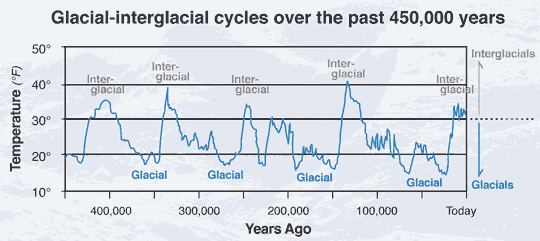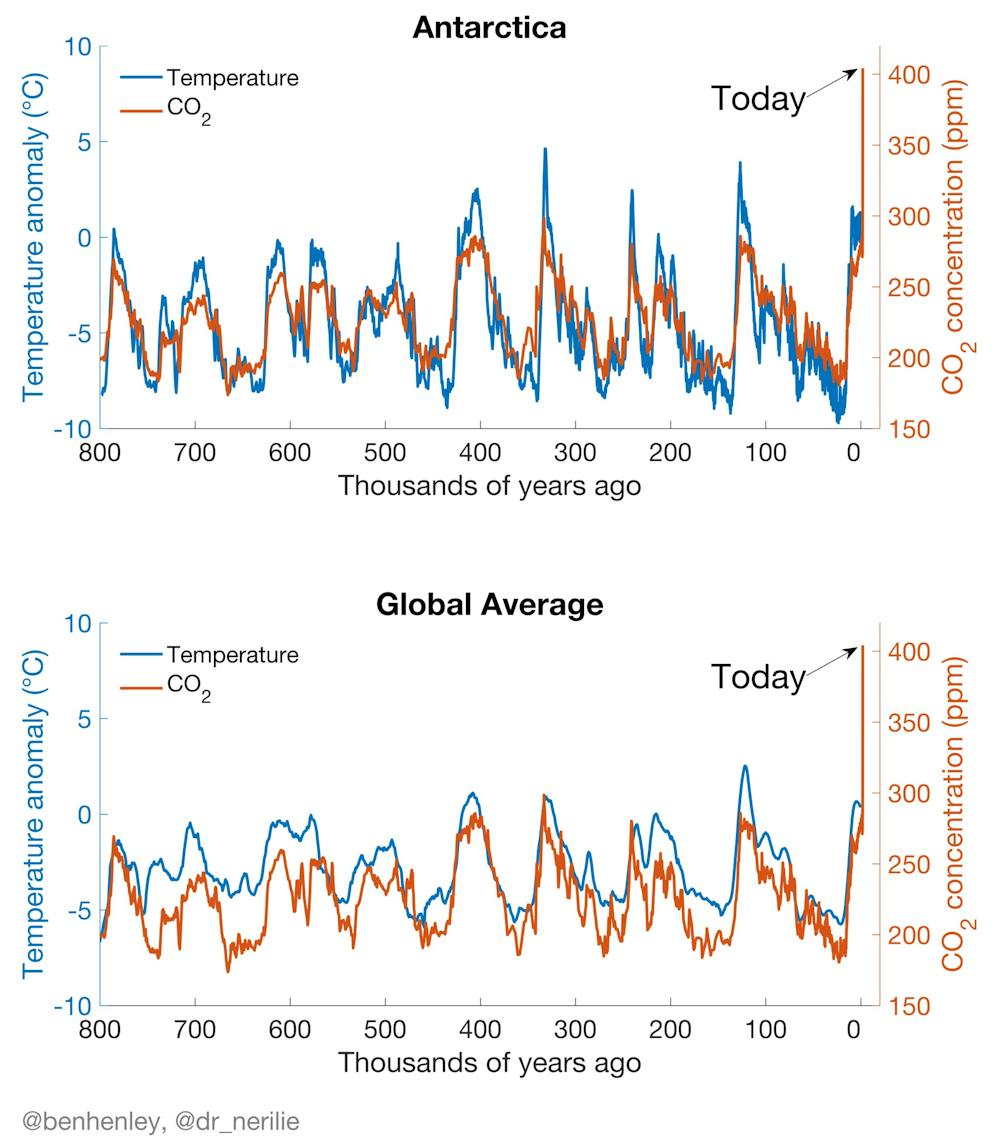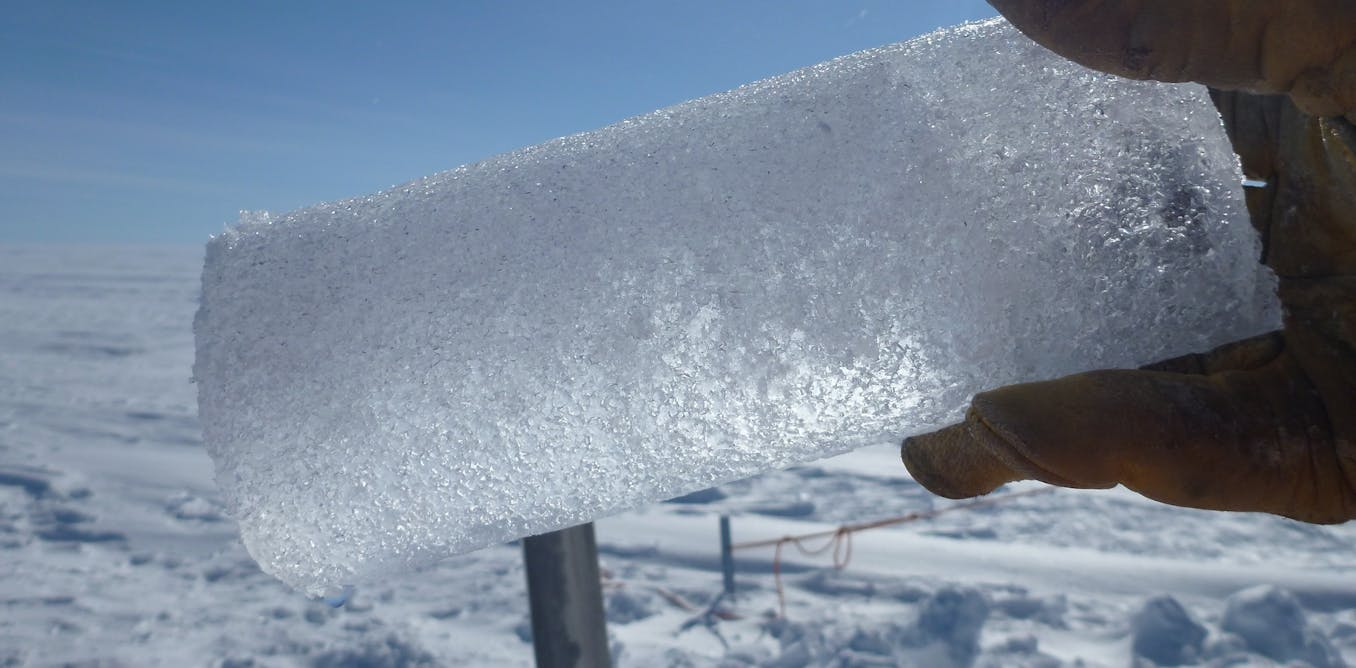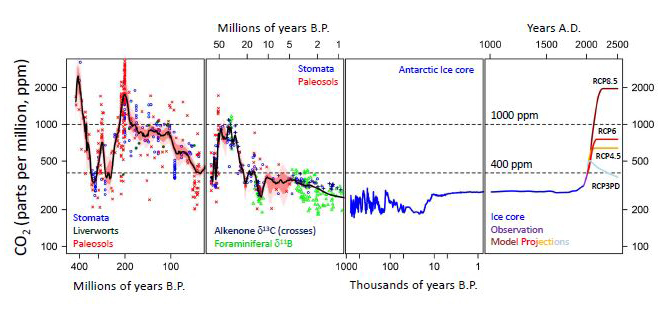What'd you say is surface air pressure is on Mars? 6mB? What is the air pressure on the Earth? 1,013.2 at sea level. Atmospheric density on Mars is one-sixtieth of Earth's. The Earth is 149.6 million kilometers from the sun. Mars is 228 million kilometers from the sun. Remember your distance squared law. Mars receives 44% of the Earth's insolation. You think that any of those points might have something to do with the temperature differential or are you going to stick with the idea that you've somehow shown CO2 is not a greenhouse gas?Because of it's atmosphere. Mars has a thin atmosphere composed of about 95 percent carbon dioxide, with the remainder being mostly diatomic nitrogen. Traces of water vapour also occur. Mars has a mean surface air temperature estimated at 210 K (−63 °C, or −82 °F), and surface pressures hover near 6 millibars.

Atmosphere - Planets, Composition, Pressure
Atmosphere - Planets, Composition, Pressure: Astronomical bodies retain an atmosphere when their escape velocity is significantly larger than the average molecular velocity of the gases present in the atmosphere. There are 8 planets and over 160 moons in the solar system. Of these, the planets...www.britannica.com
This is the sort of thing that causes you to fail as any sort of science-knowledgeable poster.
Last edited:








